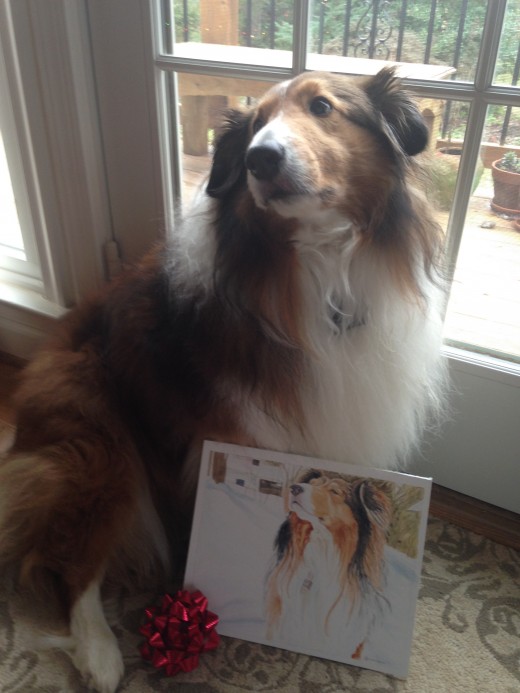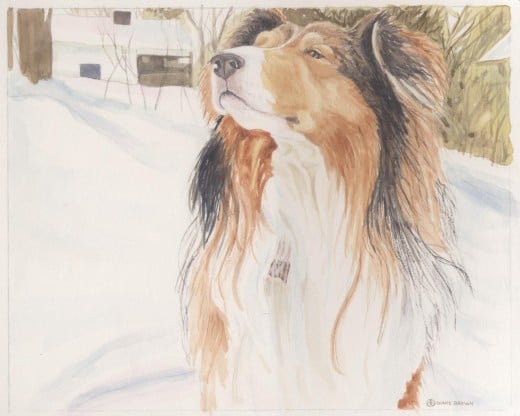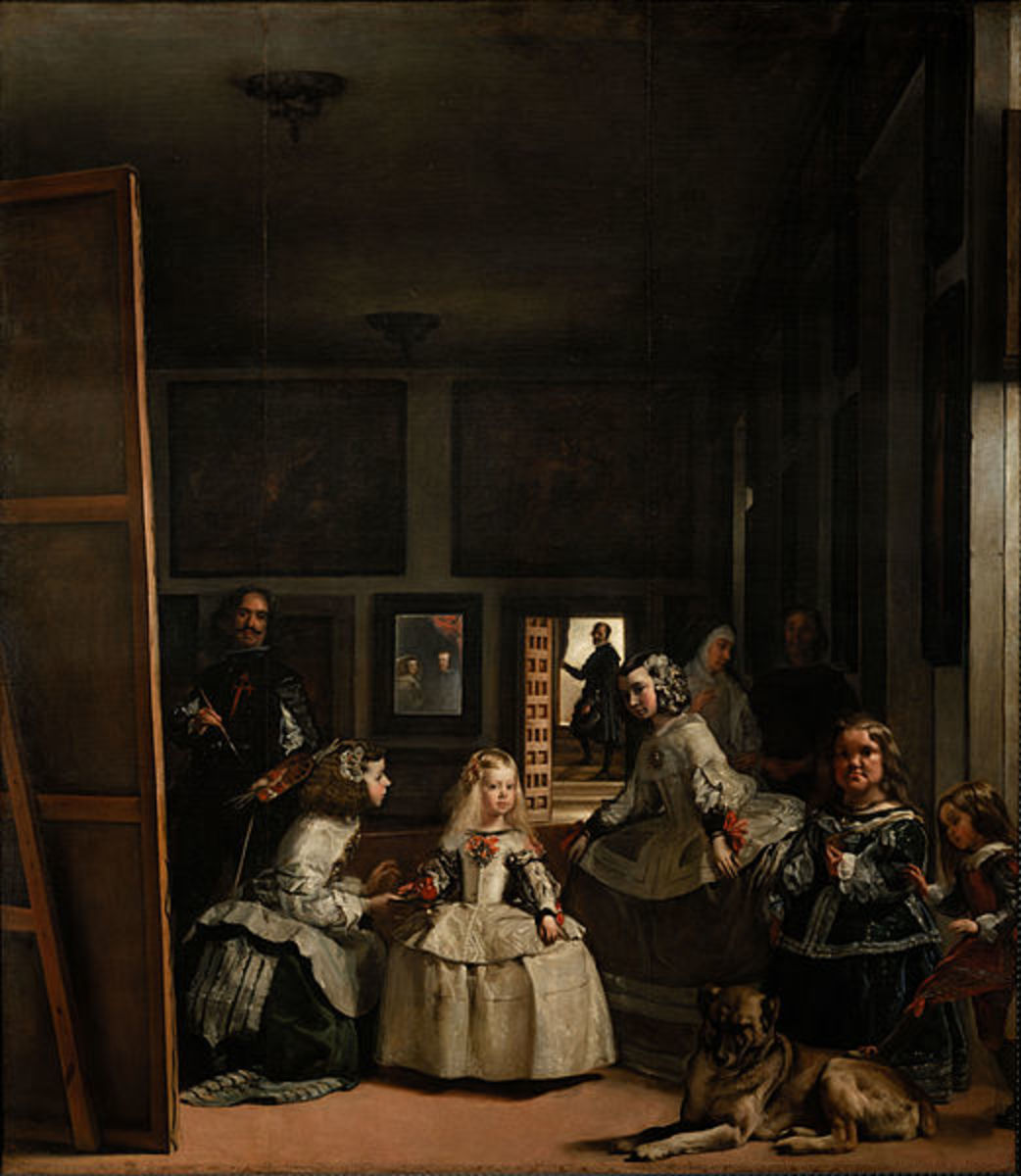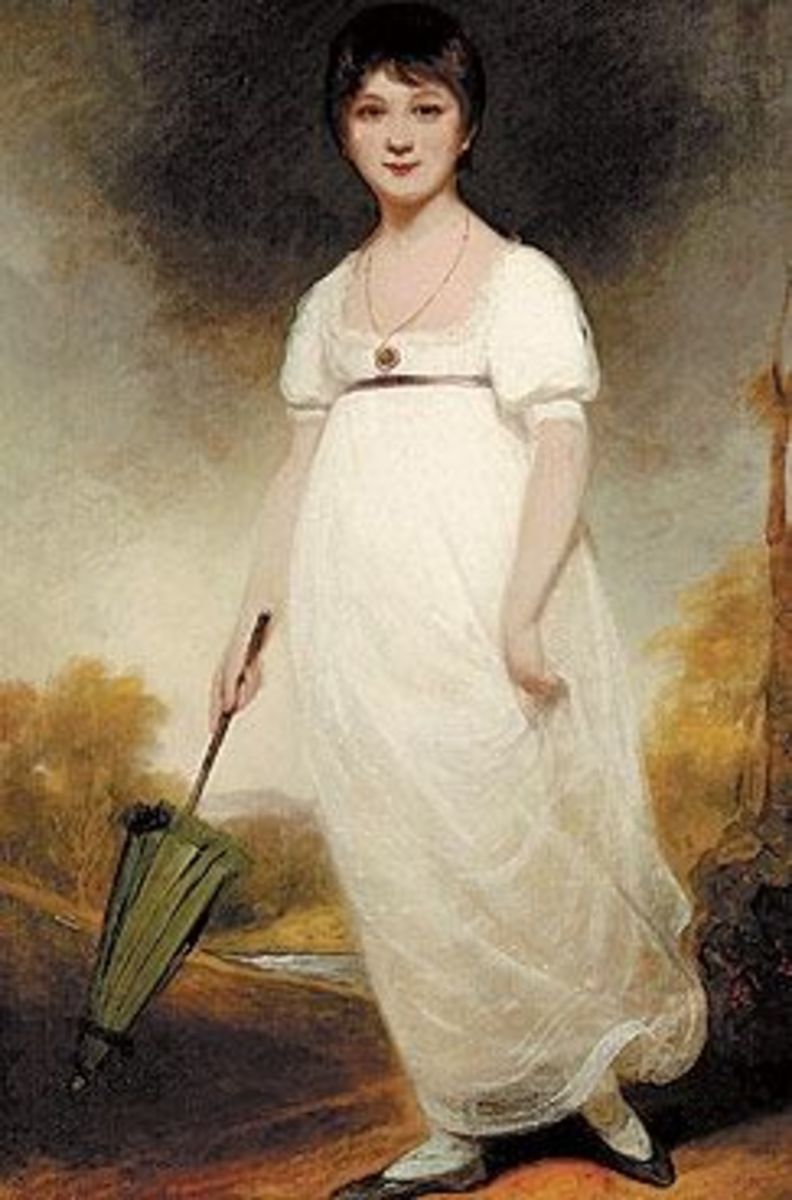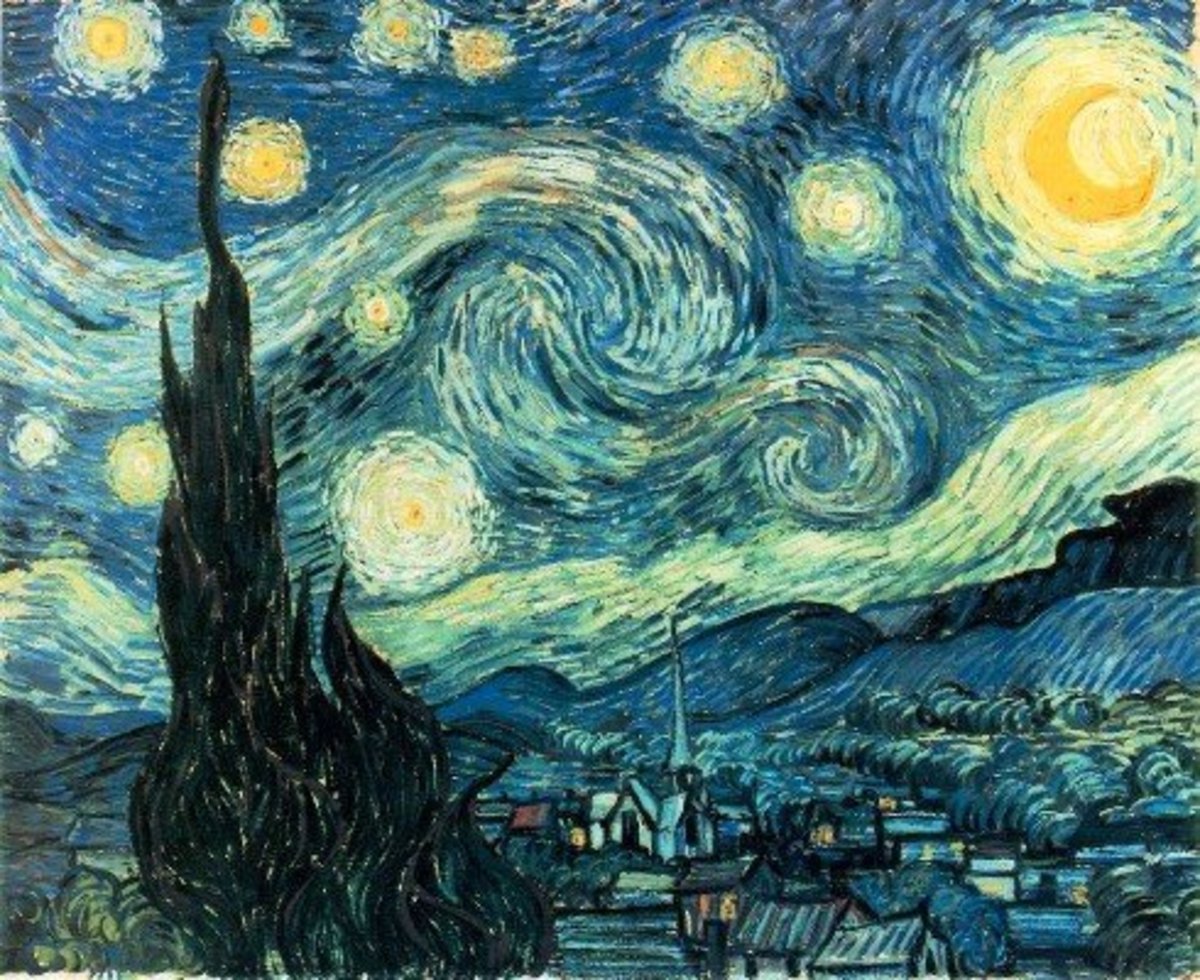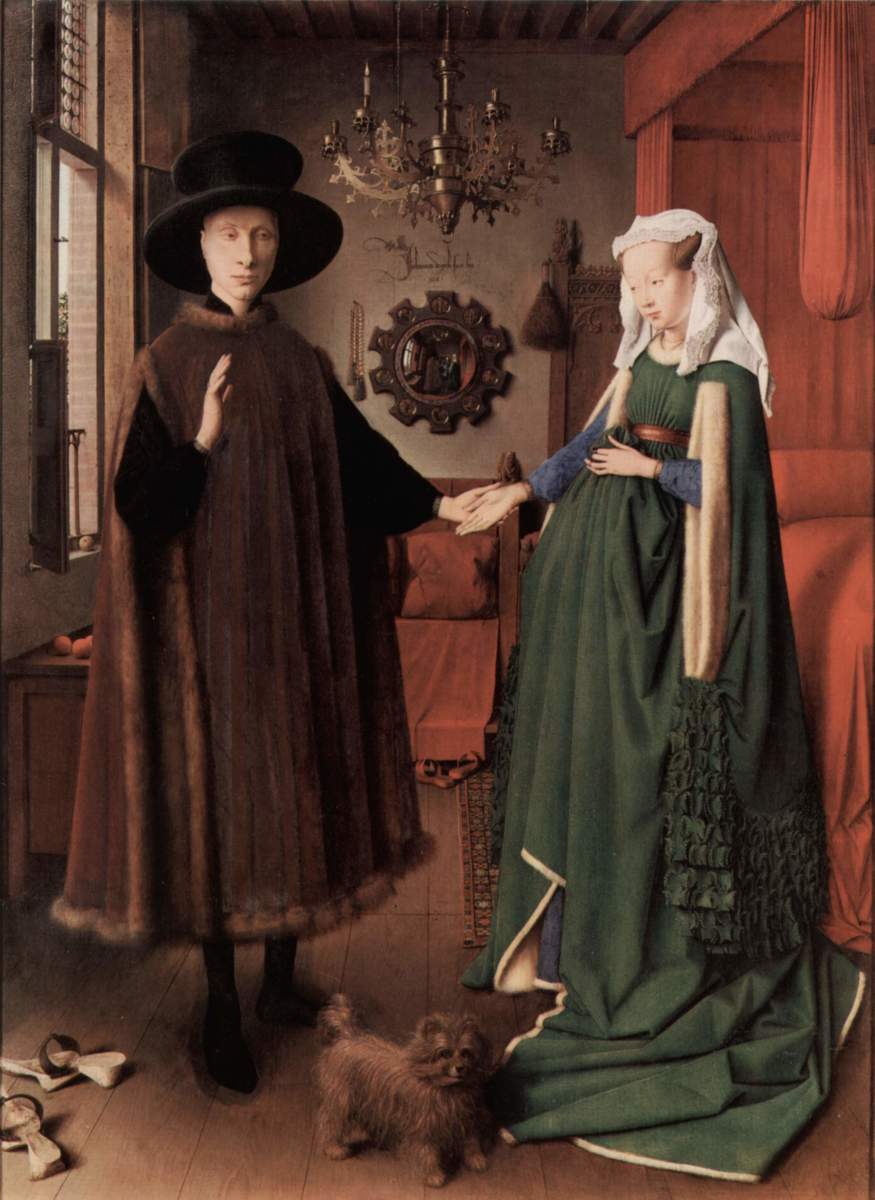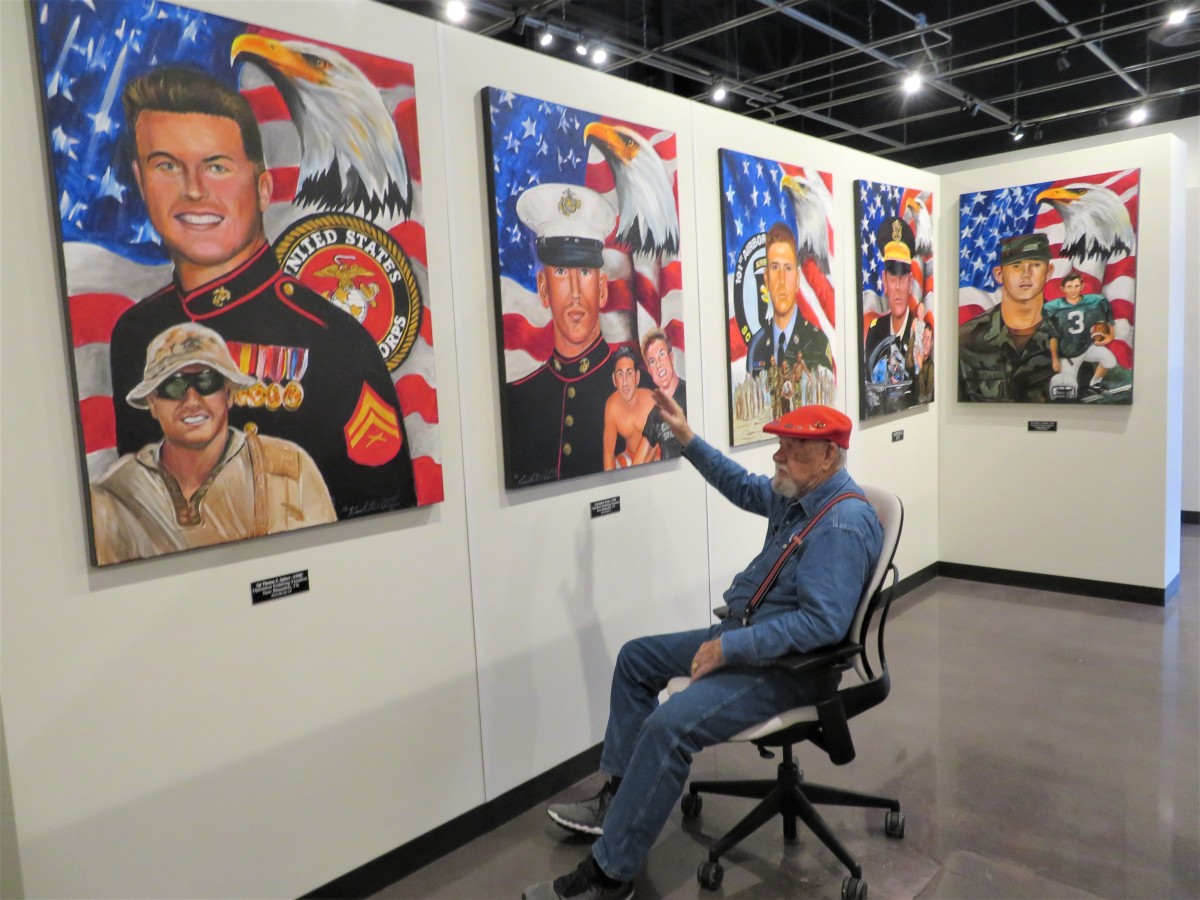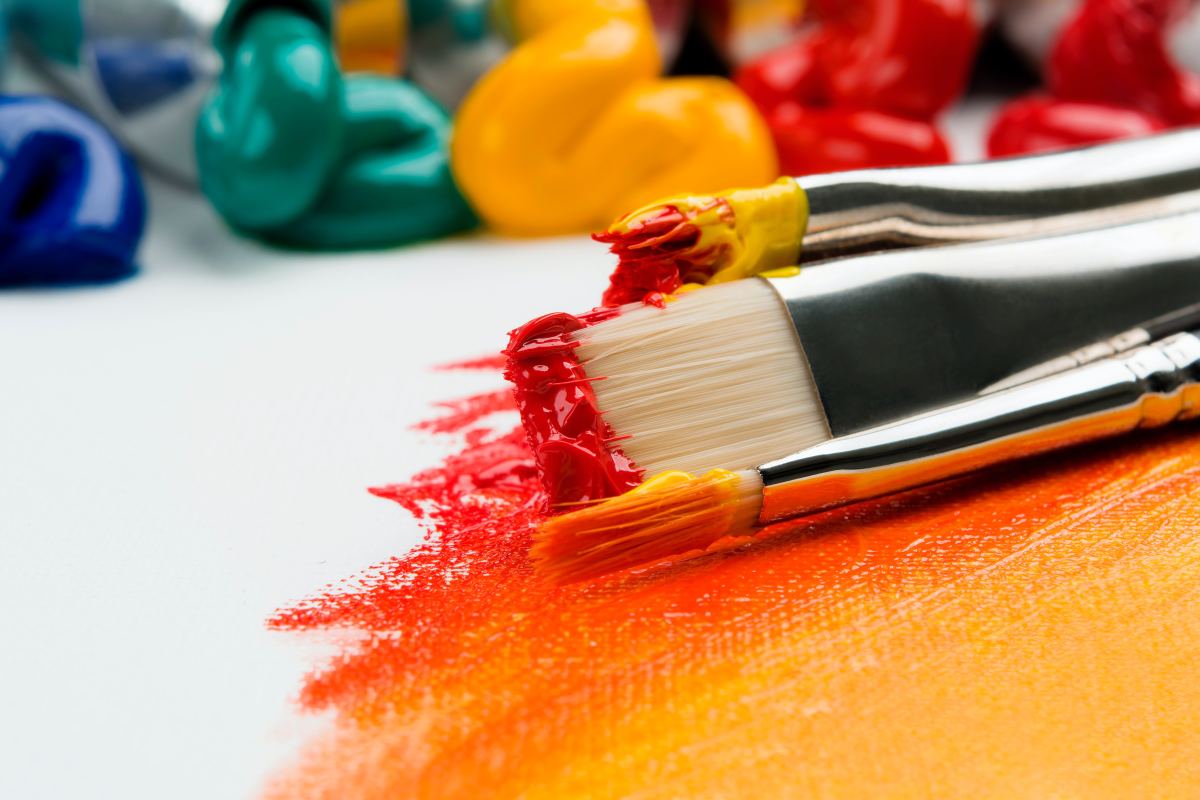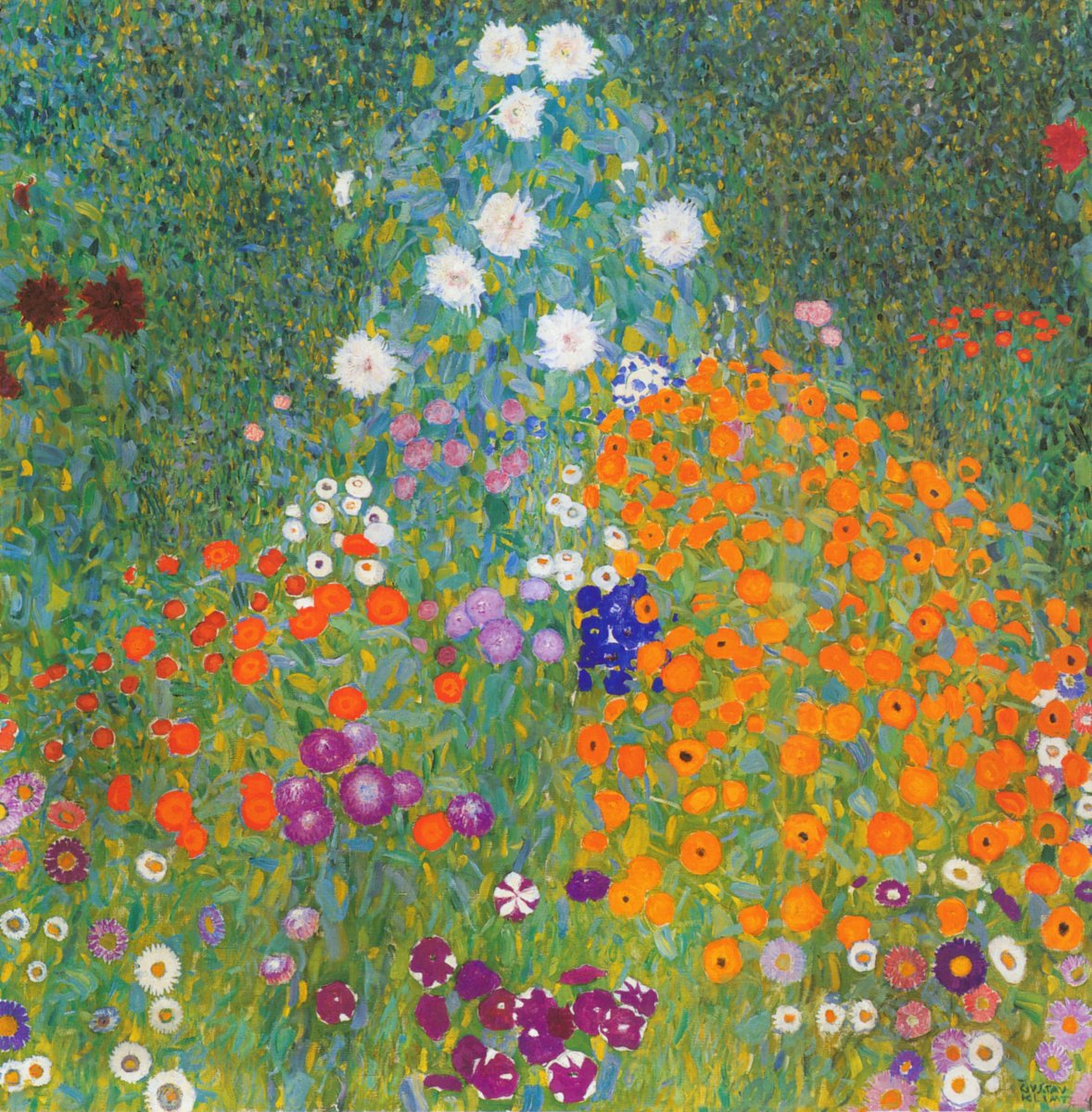Going to the Dogs: Watercolor Portraits of Dogs
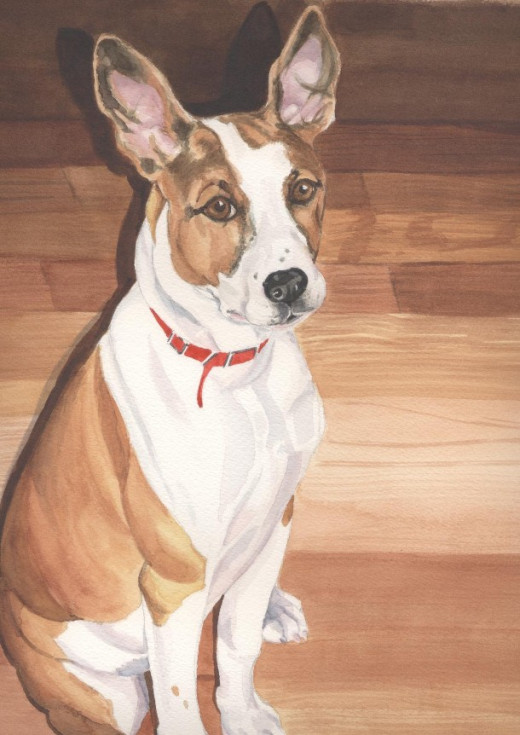
An Appealing Subject for Portraits
As a watercolor artist and dog lover, a natural subject for my work is portraits of dogs. I have created many portraits of people's canine companions over the years and have enjoyed creating every one of them. I have done these portraits on a commission basis for friends and family and for people who have learned about my work in a variety of ways. Dogs are a charming subject for a portrait with their engaging expressions and guileless demeanor. In this article I will relate some of my experience as a dog portraitist in the hope that as an artist, you will be encouraged to give this genre a try. If you are a lover of a particular dog but not an artist yourself, I hope this hub will help you find an artist who can sensitively portray your four-legged friend.
Interspersed within the article I will present some of the watercolor portraits I have done for my clients. Each of these paintings was a joy to do and represents a wonderful dog who has been an important part of someone's life.
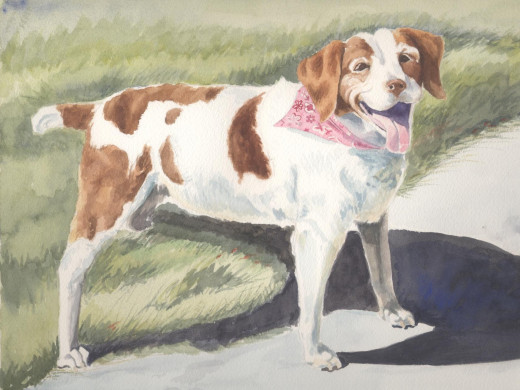
Know Your Subject
The biggest key to the successful portrait of a dog (or any other subject) is the artist's familiarity with the particular subject at hand. To this end, it is helpful for the portrait artist to spend time with the subject (if possible) to watch for characteristic poses and expressions. It is also important for an artist who wishes to concentrate on dogs as subject matter to study dog behavior. Artists interested in creating dog portraiture should study dog anatomy in general terms to help them realistically render dogs of all types in addition to one particular dog.
Unlike humans who all conform (more or less) with certain proportions in the arrangement of their facial features and physiques (see my hubs dealing with the "roadmap" to proportional faces), dogs come in a myriad of shapes and sizes so that each one is distinctive. It is worthwhile for the artist to familiarize themselves with the many breeds of dogs to see how they vary in size, shape, type of fur, coloring, etc. This information can then be used to help the artist get a likeness of even a greatly "mixed" dog.
Learn your Subject
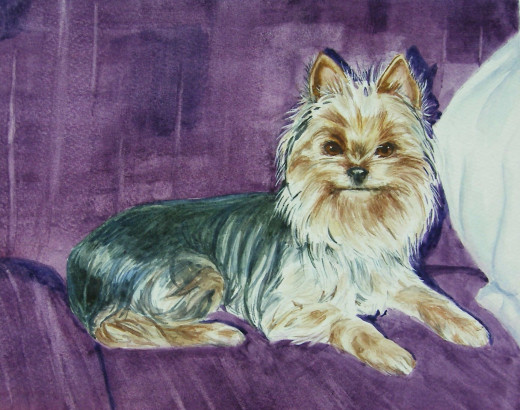
References are Key
From my experience as a painter who does portraits of animals, I can say it is almost certain that anyone endeavoring to create a likeness of a particular dog (or cat, or horse, etc.) will need to use photographic references. If your subject is a particularly zen-like creature, the artist may be able to do some preliminary sketches from life. If they are possible, these sketches can be very valuable in discovering characteristic poses the animal strikes. However, the reality is that most animals (particularly young ones) are quite animated and rarely hold still long enough to allow for any kind of detailed drawing.
The photographic references you have at your disposal are vital to the quality of the final portrait. These photos can be provided to you by the person commissioning the portrait, or you can take photos of the subject yourself. Wherever these photos come from, they must be of good quality. It is hugely frustrating to try to make an engaging portrait while relying on dark, fuzzy, and confusing photos.
As a dog portraitist, you may be called on to do a posthumous painting of a subject. Then, of course you will have to rely on photos taken by someone else to create the portrait. In this case, I would suggest that unless there are good quality photos of the dog, you would be best served turning down the commission with regrets. It is better to save yourself the frustration and spare your patron the disappointment of a poor quality portrait. If the dog was a pure breed, you may be able to infer enough information based on the breed standards to do a serviceable job of the portrait.
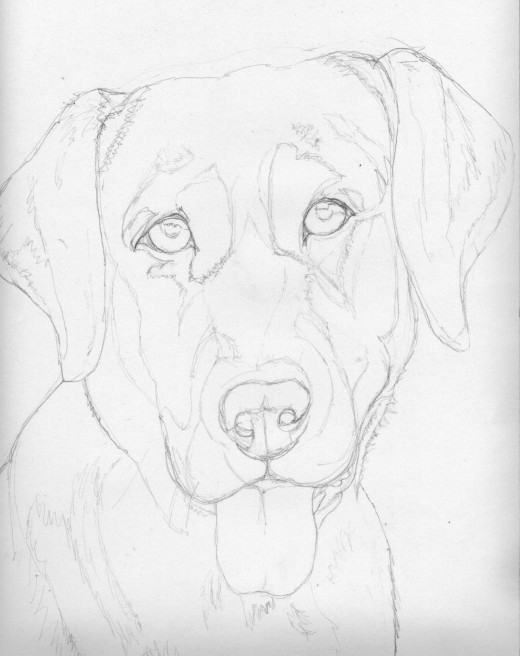
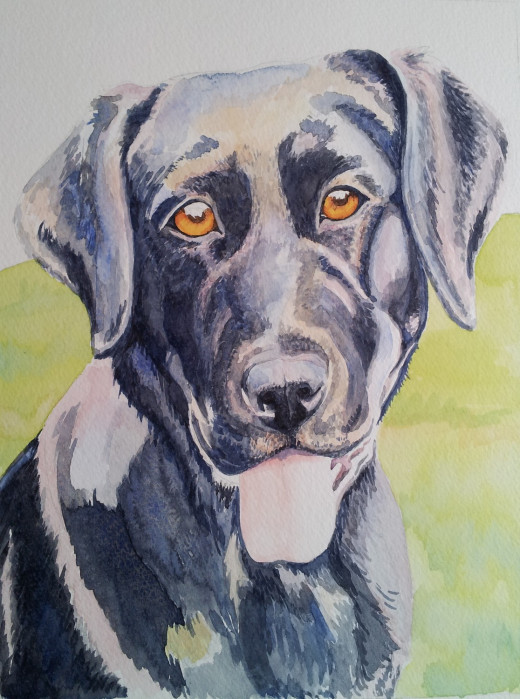
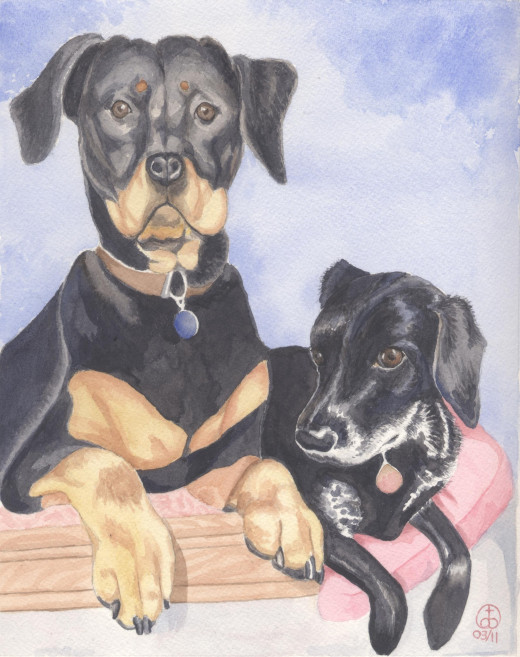
Some Background Information
It is not my intent to give specific information on "how" to paint a portrait of a dog. These particulars are up to the artist and his or her style and approach to painting. However, I can give a few bits of advice that may be helpful in creating a pleasing image that will stand up as a work of art as well as a meaningful portrait of a beloved companion.
In my portraits of dogs, I like to keep the background very simple. The main focus of the painting should be on the dog, not on elaborate or involved background treatments. While I like to keep the background simple, I also like to employ a little vibrant color. Dogs tend to be somewhat muted in their coloring, so it's nice to add just a touch of a bright color somewhere in the painting.
Just a word about black dogs. Many artists shy away from painting black dogs and black animals in general. I would advise that with good reference photos, it is quite possible to paint vibrant, colorful portraits of animals with black coats. To do so, the artist must be sensitive to the colors that are reflected and suggested by the light that falls on the subject. In the painting in progress of Molly to the right, you can see that several colors are influencing the appearance of her black fur. As the painting progresses some of this vibrancy will be toned down, but not completely eliminated. These colors will lend interest and dimension to what too often is portrayed as a flat black shape.
The most important aspect of a dog from their owner's perspective is the relationship they have with each other. Therefore, I find it best to have the dog appear to be looking at the viewer - indicative of the relationship between the dog and its people. It is also important to give the dog's eye a spark of light. This helps the portrait have a sense of light and life.
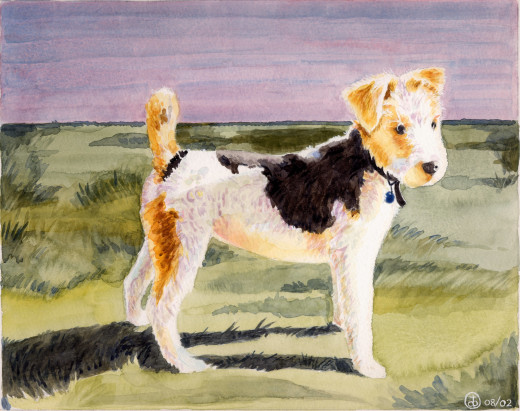
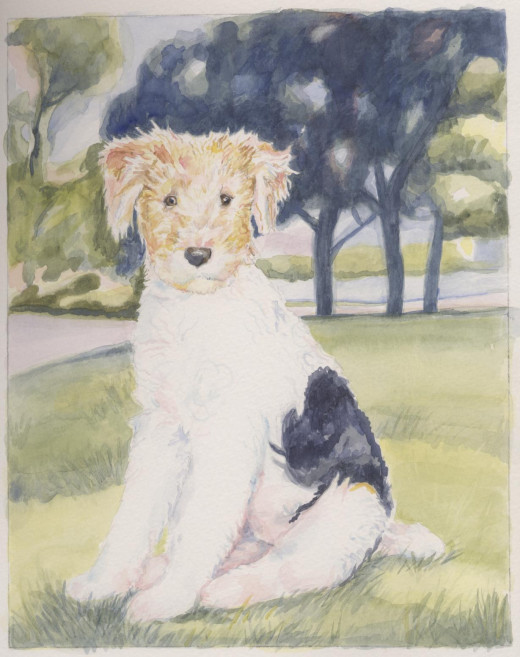
Some Final Thoughts
Dogs are beautiful creatures, full of charm and a boundless capacity for love and companionship. These qualities make them excellent subjects for portraiture. It is very rewarding to capture the likeness and spirit of these wonderful animals. Whether you are an artist who is interested in creating dog portraits, or you are a person hoping to commission a portrait of your best friend, I hope this article has encouraged you to investigate the world of dog portraits for yourself.
If you are seeking a portraitist to paint your dog, always check the artist's previous work to ensure that they create quality work that respects the beauty and dignity of their subjects. If you are an artist hoping to obtain commissions for dog portraits, make sure your work is of the utmost quality. Painting portraits of any kind requires a special sensitivity and accuracy that other genres do not always demand. It is an honor to be entrusted with creating such an important image - always do your best to earn that trust!
A Satisfied Subject Poses with his Portrait
